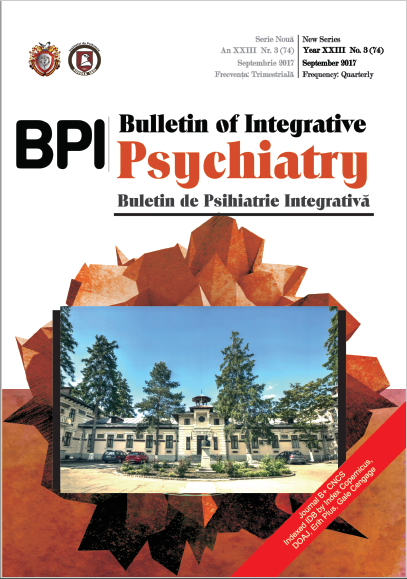To whom, when and how do we administrate a medication with toxic dose closed to therapeutic dose?
To whom, when and how do we administrate a medication with toxic dose closed to therapeutic dose?
Author(s): Paloma Manea, Cristina-Luiza Gavrilescu, Rodica GhiuruSubject(s): Health and medicine and law
Published by: Editura Sedcom Libris Iasi
Keywords: digoxin; digital toxicity; treatment;
Summary/Abstract: We are using digoxine for more then 100 years, as a medication of cardiovascular system; it is an excellent cardiotonic in left ventricle systolic dysfunction, but the border between therapeutic and toxic dose is very fragile. Digitalis toxicity occurs when the patient takes high dose of this medication or usual dose, associated with a high sensitivity- renal failure, hypopotasemia, hypomanesiemia, severe left systolic dysfunction, hypothyroidism (1).Symptoms and signs of digitalis toxicity are related to cardiovascular system- dyspneea, with heart failure worsening, arterial hypotension, cardiac arrhythmias- severe bradycardia, atrioventricular blocks, ventricular premature beats, ventricular tachycardia, ventricular fibrillation- the last two leading to exitus; neurological symptoms- confusion, lethargy, seizures; digestive symptoms- nausing, vomiting; visual symptomsphotophobia, xantochromia (2,3,4). Treatment of digitalis toxicity consists of specific antibodies (5,6), in severe cases and if we have access to this medication; potassium and magnesium , phenitoine are also useful in treatment
Journal: Buletin de Psihiatrie Integrativa
- Issue Year: 74/2017
- Issue No: 3
- Page Range: 109-113
- Page Count: 5
- Language: Hungarian

